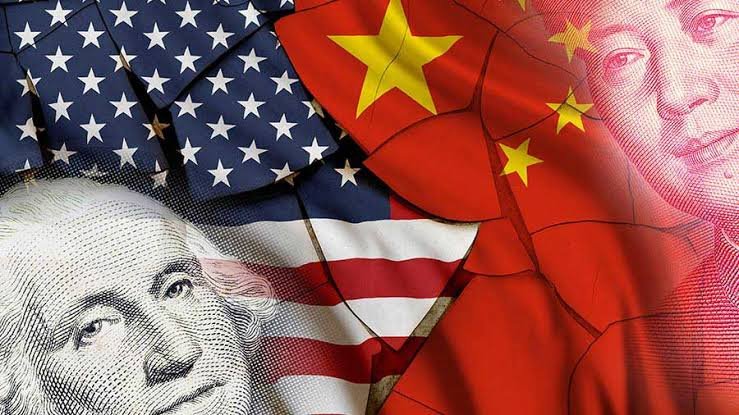US-China Trade War

The trade war between China and the United States began in July 2018 when the U.S. imposed tariffs on Chinese imports. However, tensions over trade have been building for several decades. In the 1990s and 2000s, China's economic rise led to concerns in the U.S. about the impact of Chinese exports on American industries, particularly in the manufacturing sector.
The asian financial crisis (1997-1998) affected several countries in Asia. The cause was a combination of factors, including high levels of foreign investment and rapid economic growth that led to asset bubbles, particularly in the real estate and stock markets. These bubbles eventually burst, leading to a sharp decline in asset prices and a financial crisis.
Another key factor in the crisis was the mismatch between the fixed exchange rates of many Asian currencies and the floating exchange rate of the U.S. dollar. As the value of the U.S. dollar rose, it made it increasingly difficult for Asian countries to maintain their fixed exchange rates, due to the rise of interests rates of the dollar, that also increased the debt held by asian industries, leading to currency devaluations and further economic turmoil.
The crisis was further exacerbated by a lack of transparency and regulation in the banking sector, with many banks making risky loans that eventually turned bad. This led to a credit crunch and further economic instability. All that led to modern monetary theory concepts, like issue currency in its own fiat instead of international lendings to not be exposed to macro fiscal policies and avoid some debt trap diplomacy.
The roots of the trade war can be traced back to several factors, including China's trade practices, such as its alleged theft of U.S. intellectual property and forced technology transfer from U.S. companies doing business in China (due to lower operational cost on large scale production), and currency manipulation.
The trade war escalated as both countries imposed tariffs on each other's goods, with the U.S. ultimately placing tariffs on $550 billion worth of Chinese goods and China placing tariffs on $185 billion worth of U.S. goods. The tariffs have had a significant impact on both economies, with U.S. businesses and consumers facing higher prices for imported goods, and Chinese businesses suffering from reduced demand for their exports to the U.S.
The U.S. has criticized China for having a significant trade surplus and engaging in unfair trade practices to maintain that surplus, arguing that reducing the trade deficit would benefit the U.S. economy and create more jobs. However, this view has been criticized by some economists who argue that trade balance is not a zero-sum game and that imposing tariffs or engaging in a trade war may not necessarily be the best way to address the trade imbalance. (Isn't that all very hypocritical since U.S. did the same with China in the past and keep doing it with several others countries?). Another big factor are exportation's embargos on semiconductors, since beyond all that there is a dispute for hegemony on tech development, military and space race.